Why Pyometra In Cats Can Be A Death Sentence
[easy-social-share]
Pyometra in cats is a bacterial infection of the uterus that can lead to severe illness and sometimes death.
Unfortunately, all female unspayed cats are at risk of this problem.
Many vets, especially emergency clinicians, will tell you that they often see these cases arrive at the clinic after hours when regular GP clinics are not open, making treatment that much more expensive.
Thankfully, pyometra can be prevented.
In this article, we discuss why pyometra occurs and how you can prevent it in your cat.
What Is A Pyometra?
Pyometra is another name for an infected uterus.
This often occurs in older cats, where it has been reported that the average age is 7 years.
The main concern is that this is a serious life-threatening condition that can and will kill your cat if the infected uterus isn’t removed immediately.
Why Does Pyometra Occur
If your cat isn’t spayed, then she will undergo fluctuations of hormones so that her uterus is ready and accepting of an egg to fertilise.
Progesterone hormone thickens the lining of the uterus at each cycle. This thickened lining also secretes fluid that provides a rich environment to grow bacteria.
Even if the queen isn’t bred, at each cycle the cervix opens a little and bacteria can enter and track up to the uterus.
Although most times there will be no infection, it is always a risk.
When Does Pyometra Occur
The most susceptible time for the female cat to get a pyometra is after she has been in season (on heat, in oestrus).
This is usually two to eight weeks after a heat cycle.
What Are The Clinical Signs Of A Cat With Pyometra?
The clinical signs of pyometra in cats can vary depending on the type of bacteria involved and whether the cervix is open or closed.
In cats where the cervix is closed, you won’t see any sign of discharge. Instead, the cat will become ill very quickly.
- Not eating (inappetence)
- Vomiting
- Abdominal distension
- Lethargy, collapse
- Enhanced thirst
- Fever
In those cats where the cervix remains open, you may only notice a smelly discharge coming from the cat’s vulva or similar signs as above.
How Is Pyometra In Cats Diagnosed?
If you own an intact female cat (Queen) that is suddenly ill and has recently been in heat, then it is fair to say that the likelihood of her having a pyometra is very high on the vet’s radar.
To diagnose a pyometra your vet will perform a full physical exam and during this they may note that she has a fever or discharge from the vulva.
The vet may be able to palpate an enlarged uterus.
To confirm a suspicion of pyometra the vet will either ultrasound or Xray the cat’s abdomen. This will show an enlarged fluid-filled uterus.
Blood and urine will also be analysed to give further evidence that an infection is present. White blood cells can either be very high or extremely low indicating severe infection.
How Is Pyometra In Cats Treated
The standard treatment of pyometra is to perform surgery and remove the infected uterus i.e. spay the cat.
It is a very difficult surgery as often these cats are very, very sick.
Particular care is required to ensure they are well hydrated before surgery and the anaesthetic is monitored well.
Antibiotic therapy is also required, as we are dealing with bacterial toxic overload.
These kitties are very sick.
Most cats need to stay in a hospital to receive IV fluids and antibiotics for a couple of days at least.
There are some rare circumstances where treatment may not need to be surgical.
Prostaglandin can be used to increase contractions of the uterus and expel the toxic contents. This isn’t recommended especially for those cats with closed cervix pyometra as it can result if a ruptured uterus.
The success rate of treating closed pyometra cases is only between 25-40%. This is because the cat is often so very, very ill. The rate of success is much higher if the cervix is open.
The following photo is of a cat uterus with a closed pyometra ie. the cervix was closed so all that creamy fluid you see is pus.
The cat was 3kg and the uterus weighed 1.2kg!
How Do We Prevent Pyometra In Cats?
As the saying goes ‘prevention is better than cure’.
Spaying your cat when she is a kitten is the only way to prevent pyometra.
Take a look at the following video. The recommendation is for cats to be spayed around 6 months of age.
Video: Spaying A Cat
If you have concerns about an animal and you would like expert veterinary advice our vets are always available, you can contact us here If you have a question about speying your cat, ask away in the comments.

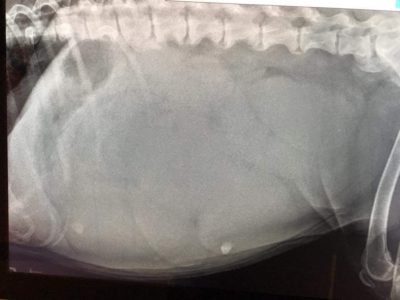
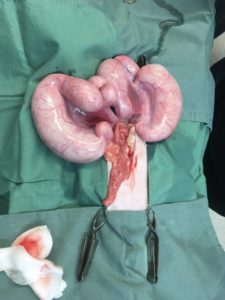
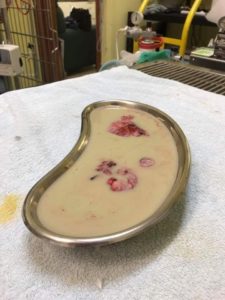


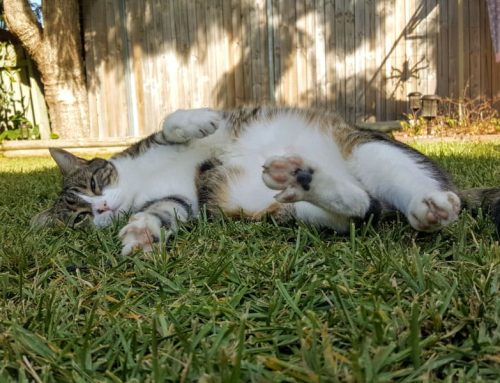
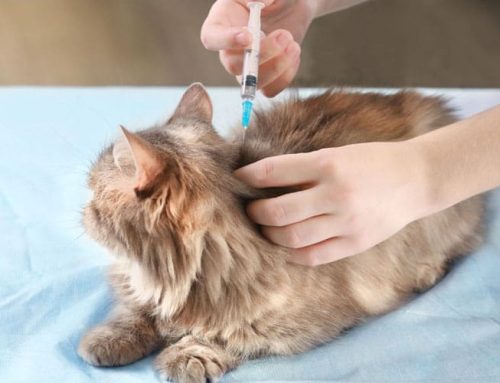
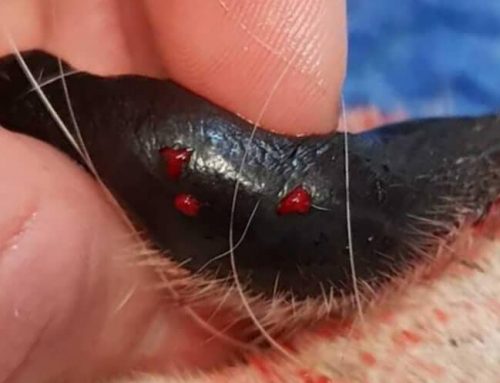
Wow. I didn’t expect the uterus image! A very informative piece though x
Thanks Fancy, hope you weren’t eating!